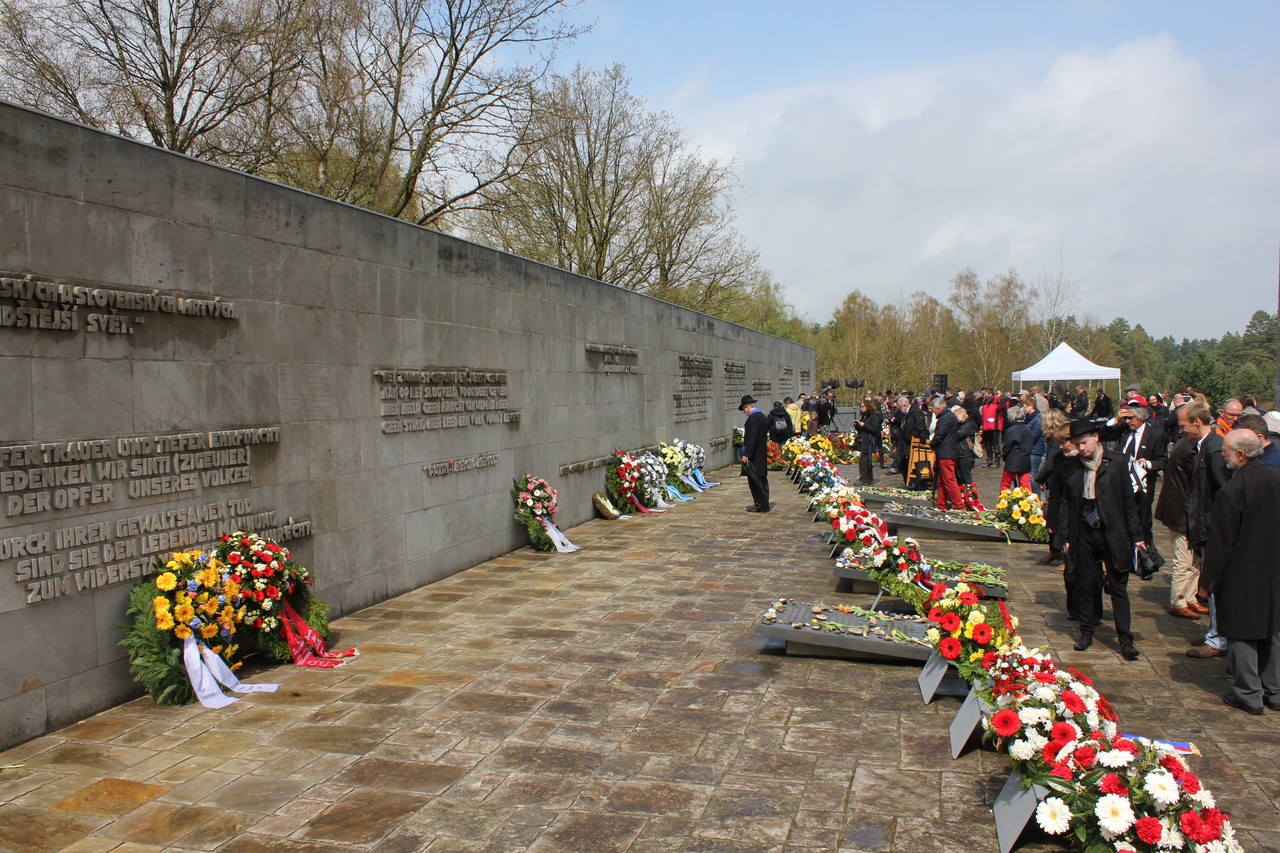Initially established as a prisoner-of-war (POW) camp in 1940, it was later converted into a concentration camp in 1943. The camp complex included various sections, such as the POW camp, the “residence camp” for Jewish prisoners, and the “prisoners’ camp” for non-Jewish inmates.
Throughout its operation, Bergen-Belsen held a diverse group of prisoners, including Jews, political prisoners, Roma, “asocials”, criminals, Jehovah’s Witnesses, and gay men. The camp became increasingly overcrowded as the war progressed, with prisoners evacuated from camps closer to the front arriving in large numbers. By April 1945, the population soared to over 60,000, leading to catastrophic living conditions. The camp was notorious for its appalling conditions, with severe overcrowding, inadequate food, and rampant disease. The lack of sanitation and medical care resulted in outbreaks of typhus, tuberculosis, and dysentery, causing tens of thousands of deaths. Among the victims were Anne Frank and her sister Margot, who both perished in the camp.
A total of 52,000 prisoners from all over Europe were killed in the camp or died immediately after its liberation as a result of their imprisonment. On 15 April 1945, the British 11th Armoured Division liberated Bergen-Belsen. The liberators found over 60,000 emaciated and ill prisoners, along with thousands of unburied corpses. The horrific conditions profoundly impacted public opinion and became a symbol of Nazi brutality. The British military authorities executed the camp commandant, Josef Kramer, and other staff members following a trial in 1945.
After the war, Bergen-Belsen served as the largest displaced persons (DP) camp in Germany, housing over 11,000 Jewish survivors. The camp became a center of Jewish DP political and social activity, with survivors organising political, cultural, and religious activities, and advocating for the right to emigrate to Palestine.
Today, the Bergen-Belsen Memorial serves as a museum and educational centre. It preserves the memory of those who suffered and perished in the camp and educates future generations about the Holocaust. The memorial includes exhibitions, the preserved camp site, and educational resources, offering visitors a comprehensive understanding of the camp’s history and its role in the Holocaust.
Anne-Frank-Platz 29303, Lohheide, Germany
+495 0514 7590 Bergen-Belsen@stiftung-ng.de
